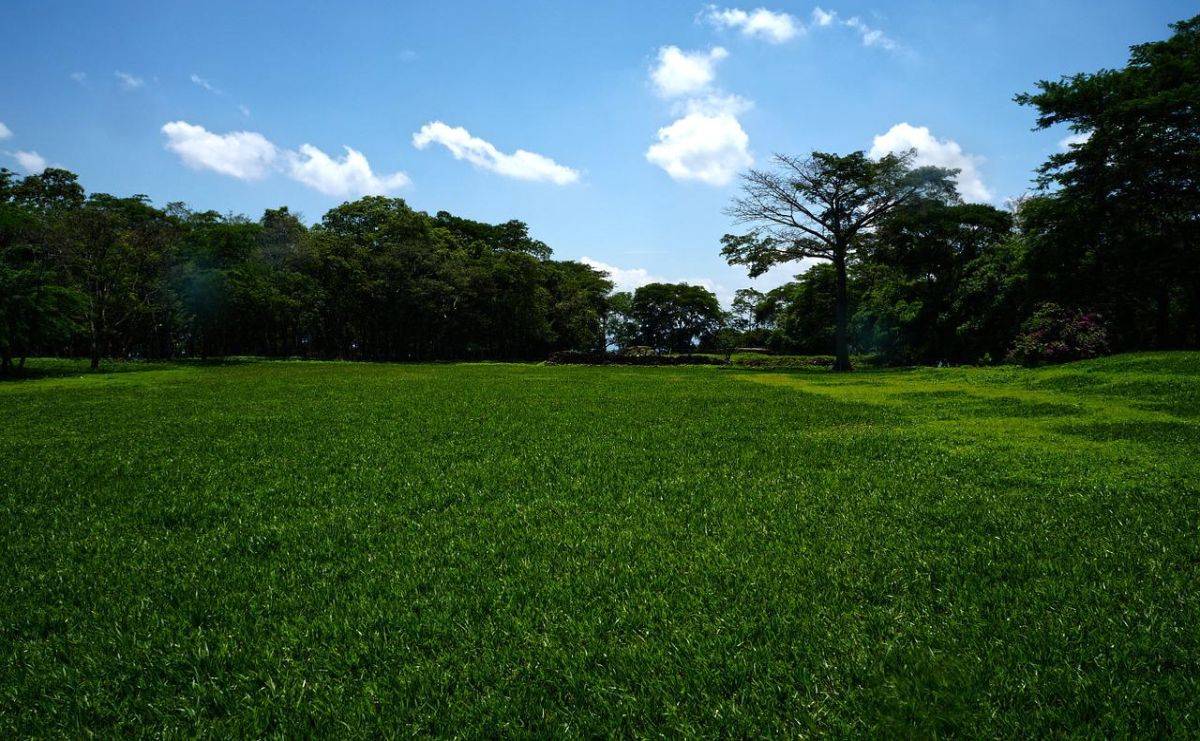You’ve probably heard a lot of advice from your neighbors and friends on planting grass. You might have been told that hard work is best left to the professionals, but you can save money and succeed by planting grass in your garden from seed. No matter what you’ve heard, all you need is a little preparation, some quality grass seed suitable for the climatic conditions in your region, well-prepared soil, and a little patience. Think how nice the grass you can plant next to your hedge will look hedge planting.
Consider that grass that grows healthy needs good soil; most prefer neutral soils. Then, to make sure that your efforts are not in vain, you can perform a soil test before you start planting. In addition, you should verify that no weed prevention products have been applied to the soil; any weed control used will prevent germination or kill immature seedlings. To learn more about the proper planting of grass, read on.
Choosing the right grass seed
Choose the right grass for you, taking into account your budget and location. Start by thinking about the type of grass you want and the growing conditions in your area. If you’re unsure what type of grass you should grow, consult a landscaping expert or do some research to find a type of grass that matches the growing conditions you can provide.

Prepare the soil
Fortunately, you can get good results without a soil test, as long as you prepare the soil properly before planting and follow up properly after planting. However, if you prefer to know exactly what is going on in your soil, you can ask for nutrient analysis of soil conditions. The ideal soil pH for most grasses is between 6.0 and 7.0. If your soil is too acidic, add ground limestone. But, if your soil is too alkaline, add compost.
Once you’ve chosen the area for your future lawn, you’ll want to prepare the soil before seeding. First, use a sharp spade to remove existing weeds; if it’s a large area, use a lawn mower to get the job done faster. Then take a walk and inspect the area. Remove large rocks and debris, fill in low spots, and work with a cultivator if the soil is compacted. Your goal is to break down the soil into pea- or marble-sized particles, serving as a welcome mat for grass seed. You don’t want peaks and valleys in your new turf, so use a bow rake to make the surface as even as possible.
Plant and feed the soil at the same time.
Once your soil is prepared, it ‘s time to plant the grass. At the same time, it’s important to give your new seedlings a head start by feeding them, so you can feed your new lawn the same day you seed it. Different grass seed and fertilizer types require different spreader settings for optimum coverage.
Plant the seeds on the perimeter first, allowing you to fill in the rest of the space without worrying about losing any of the edges. Using a pattern similar to seeding, feed your lawn with slightly overlapping passes. Avoid putting seed or fertilizer in your garden beds, sidewalk, or driveway.
After placing the seed and feed, cover them with a thin layer of soil to help prevent the grass seed from drying out and washing away. Once planting is complete, water the space, keeping the top of the soil constantly moist, but not soggy. You will probably need to spray the planted area once a day, possibly more if it is hot and dry outside.
Once the seeds begin to germinate, try to keep the top 5 centimeters of soil moist until the new grass reaches a cutting height of about 10 centimeters. After this, reduce watering to about twice a week, soaking the soil deeper to encourage the roots to grow deeper into the ground.
Grass maintenance
Once your new lawn reaches a mowing height, you’ll want to mow it; when doing so be sure to cut only the top 1/3 of the blades. Adjust your mower to a high setting to keep the grass nice to look at and thick; when you cut it too short, you weaken it, which allows weeds to creep in. While the turf is still new and under development, avoid foot traffic as much as possible.